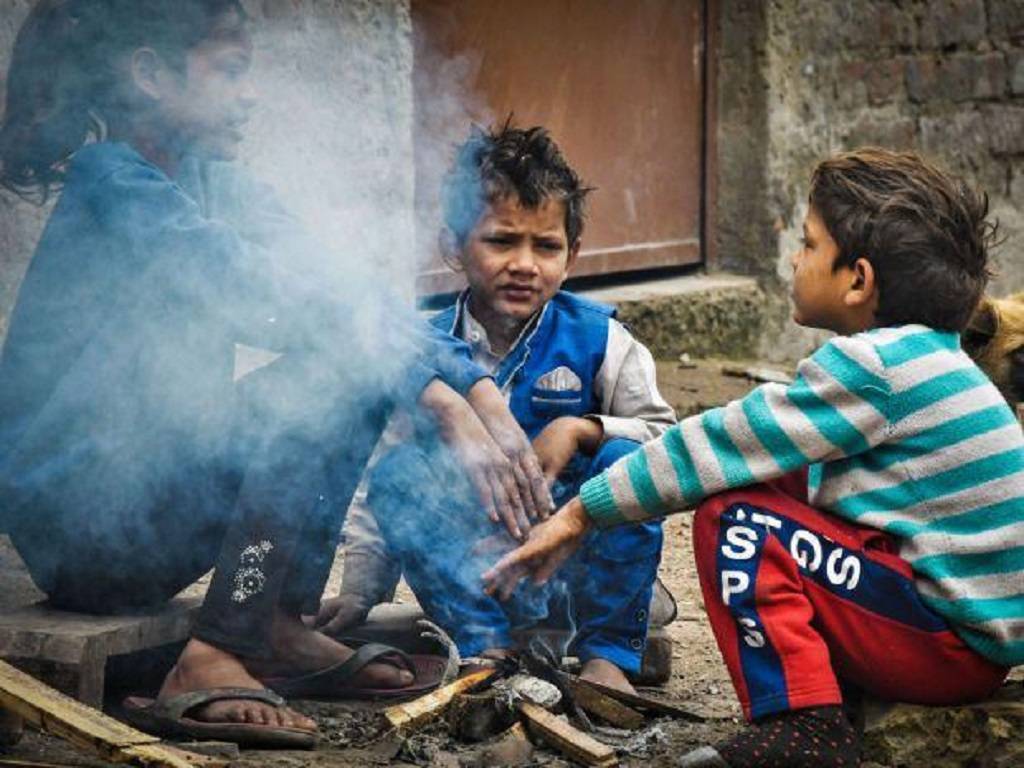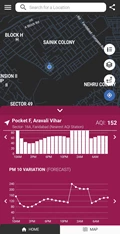
Cold wave in Delhi abated significantly on Wednesday as frigid northwesterly winds slowed due to a Western Disturbance impacting northwest India.
The minimum temperature at the Safdarjung Observatory, considered the official marker for the city, settled at 4.4 degrees Celsius.
On Monday and Tuesday, the observatory recorded cold wave with minimum temperature of 3.2 degrees Celsius and 4 degrees Celsius, respectively.
The minimum temperature recorded at the weather stations at Palam, Lodhi Road, Ridge, and Ayanagar were 7.6 degrees Celsius, 4.2 degrees Celsius, 6.7 degrees Celsius, and 4.8 degrees Celsius, respectively.
The IMD declared a cold wave in the plains when the lowest temperature falls below 4 degrees Celsius. A cold wave is also declared when the minimum temperature is 10 degrees Celsius or below and is 4.5 degrees Celsius or lower than normal.
According to an official at the India Meteorological Department, the temperature is expected to increase up to eight degrees Celsius over the weekend as a result of two back-to-back western disturbances in northwest India.
At 9 a.m., the capital's air quality index (AQI) was 399.
On Tuesday, air pollution levels in the national capital reached 'severe,' with the 24-hour average AQI reading 402, a day after the Centre's air quality panel relaxed limits on building and demolition operations in Delhi-NCR.
Weather experts said 'very poor' to 'severe' air quality is likely till December 27.
Rain in Delhi
Rain is possible in Delhi on December 27 and 28, according to the India Meteorological Department (IMD).
IMD has predicted, "Generally cloudy sky with possibility of rain or thunderstorm" on December 27 and "rain or thundershowers" on December 28.
On Wednesday, Delhi-NCR awoke to a very clear sky that might become partly overcast later in the afternoon or evening, with maximum and minimum temperatures of 23 and 4.4 degrees Celsius respectively.
The maximum and minimum temperatures will register an increase in the coming few days.
















